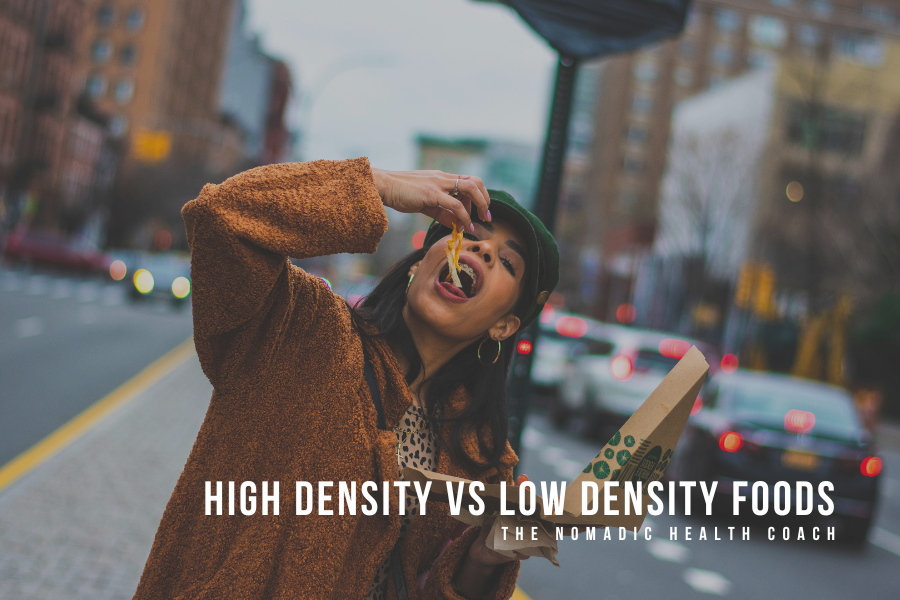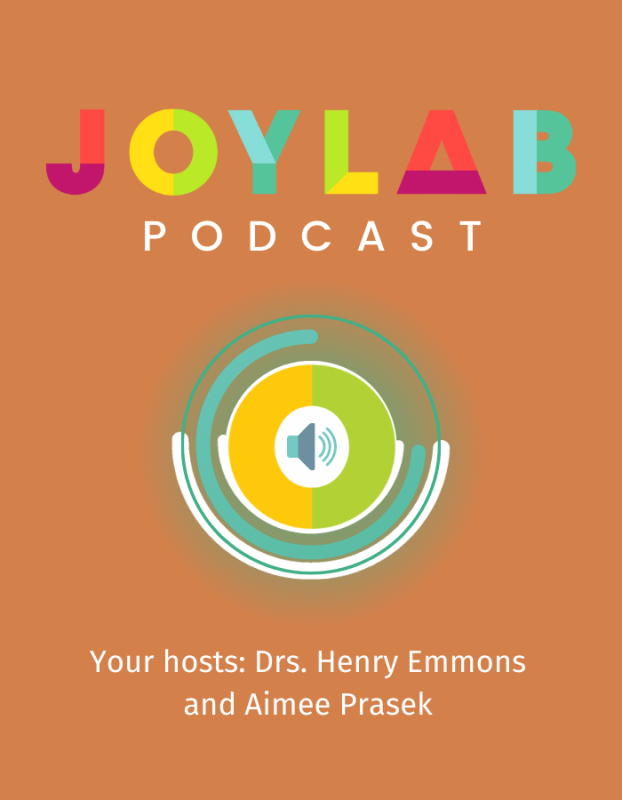Crowd Out The Bad To Allow For The Good
Let’s face it, up until the past few years, the majority of us learned about food nutrition from reading diet books. We went from fat-free to high fat and everything in between without ever understanding what was happening to our bodies. The types of calories we consume are important if we want to lose or maintain our weight goals.
What is calorie density? It’s the number of calories per pound and there are two types; high-density foods (good) versus low-density foods (bad). Not all calories are created equal. A 100-calorie bag of Oreo cookies or chips is not the same as 100 calories of almonds.
For example:
- 3 cups of kale = 100 calories
- 1 large apple = 100 calories
- 12 stalks celery = 100 calories
- 3 medium cucumbers = 100 calories
- 5 cups broccoli tops = 100 calories
- 6 carrots = 100 calories
- 1 head of romaine lettuce = 100 calories
In comparison:
- 3/4 oz of potato chips = 100 calories (1 snack size bag is 2.65 oz)
- 1/3 of a medium donut = 100 calories
- 3/4 of one Twix bar = 100 calories
- 1/4 cup of vanilla ice cream = 100 calories
- 1 oz pretzel sticks = 100 calories
- 2 slices bacon = 100 calories
- 1/4 medium-sized hamburger = 100 calories
You get the picture. Food is information and the nutrients in the apple, kale or celery go farther than just the calories. Pretzels are empty calories and turn to sugar. Apple turns into fiber and vitamins which fuels our cells and curbs our cravings. There’s really only a certain volume we can eat in a day so if we fill up with low calorie, high-density foods, we’ll feel more full, and therefore crowd out the bad (low density). Just look at the list above. That would make one helluva salad! And without the oil and vinegar, coming in at around 700 calories.
How could we possibly eat more after this?
My friends, this is crowding out. Remember that Calorie Density is the number of calories per pound and it’s lowest in unprocessed plant foods and lean ethically-sourced proteins. So Calorie Density and volume of food are important to consider. When we eat an empty-calorie diet, such as chips, cookies, pretzels, and bread, we feel full because of the volume of food we are eating, not because of the calories, proteins, fats, or carbs. We’re eating more because we want—need—to feel satiated. What we don’t realize is that calorie-dense foods are the ones that give us the satisfaction we are looking for.
If we consume high-density foods such as lean proteins, greens, veggies, high-quality dairy, raw nuts and seeds, and minimal fruits, we crowd out the bad. We are consuming foods with a higher nutritional value which satisfies our pallets and our cells. It’s simply quality over quantity. Whole foods like the ones mentioned above, actually fill you up and fuel you, whereas empty calories – like those found in candy and chips – fill a mental craving but don’t physically fill you up. Our mindset will also improve when we switch to whole foods. It’s hard to feel guilty after filling up on genuine nutrients. Eating whole foods also regulate cholesterol levels and ward off cancer, dementia, and a plethora of other conditions. In addition, the high fiber content of fruits, vegetables, and grains keeps the digestive system in tip-top shape, which is essential to optimal health.
When we stick to whole foods, we’re much more likely to keep our caloric intake at an appropriate level for our body and maintain a healthy weight as a result. It’s easy to eat our way through an entire bag of potato chips, but more than one or two apples would be laborious. See the difference? A great way to stay on track with this is to simply not have the items on hand at home. We need self-discipline at the market when we are shopping and not put these tempting items in our baskets. Another tip is to start minimizing the quantity of low-calorie dense foods at each meal. (If you positively must have bread with your meal, make it stone ground, seed-filled, whole grain, and a small portion.) Or rather, make a bread-less, bun-less sandwich or burger! The more we consume these high-density foods—the good—the more we’ll crowd out the low-density foods—the bad. It really is that simple.
So remember, all calories are not created equal and they behave differently in our bodies. Unhealthy foods create poor cell function which shows up in sluggish moods, cravings, anger, physical pain, and emotional issues. Healthy foods create healthy cell function and will support us for years to come. So crowd out the junk food by filling up on high-density foods and watch your health, and your waistline, improve.




